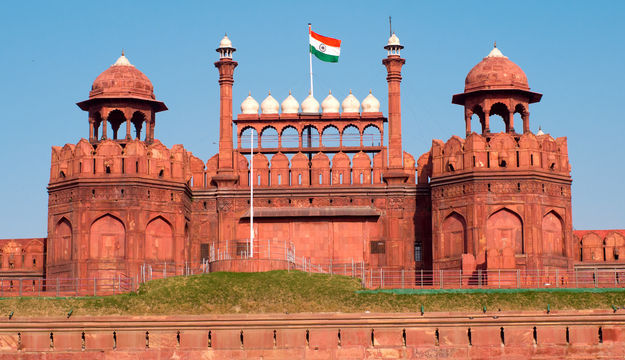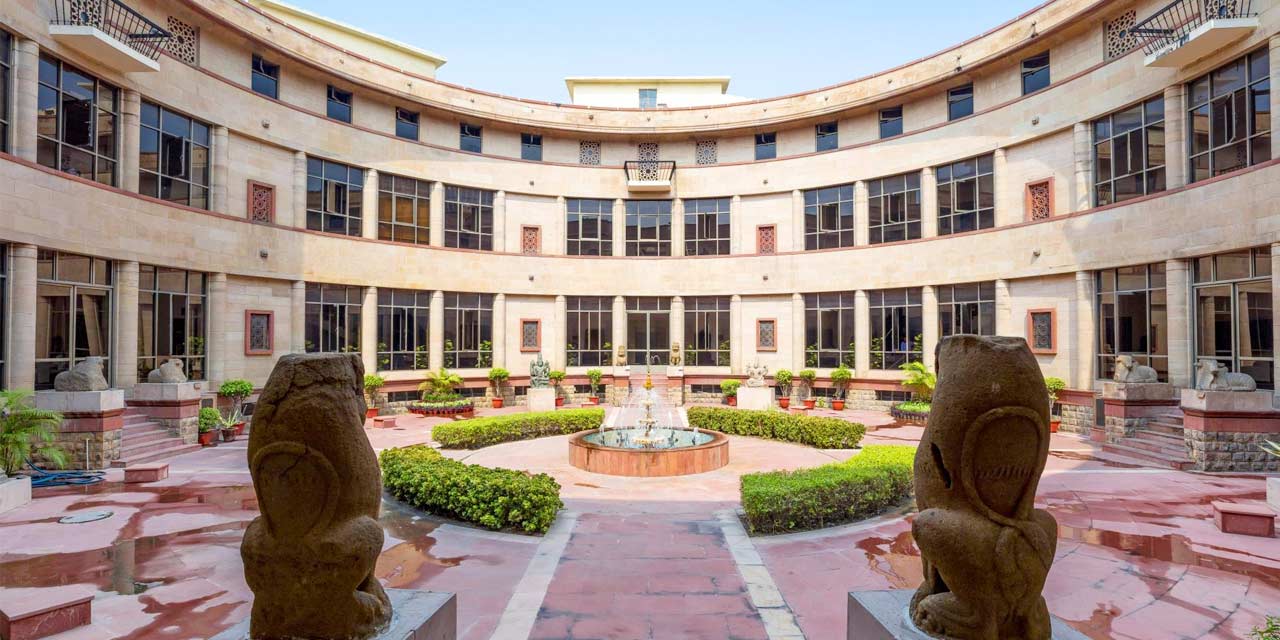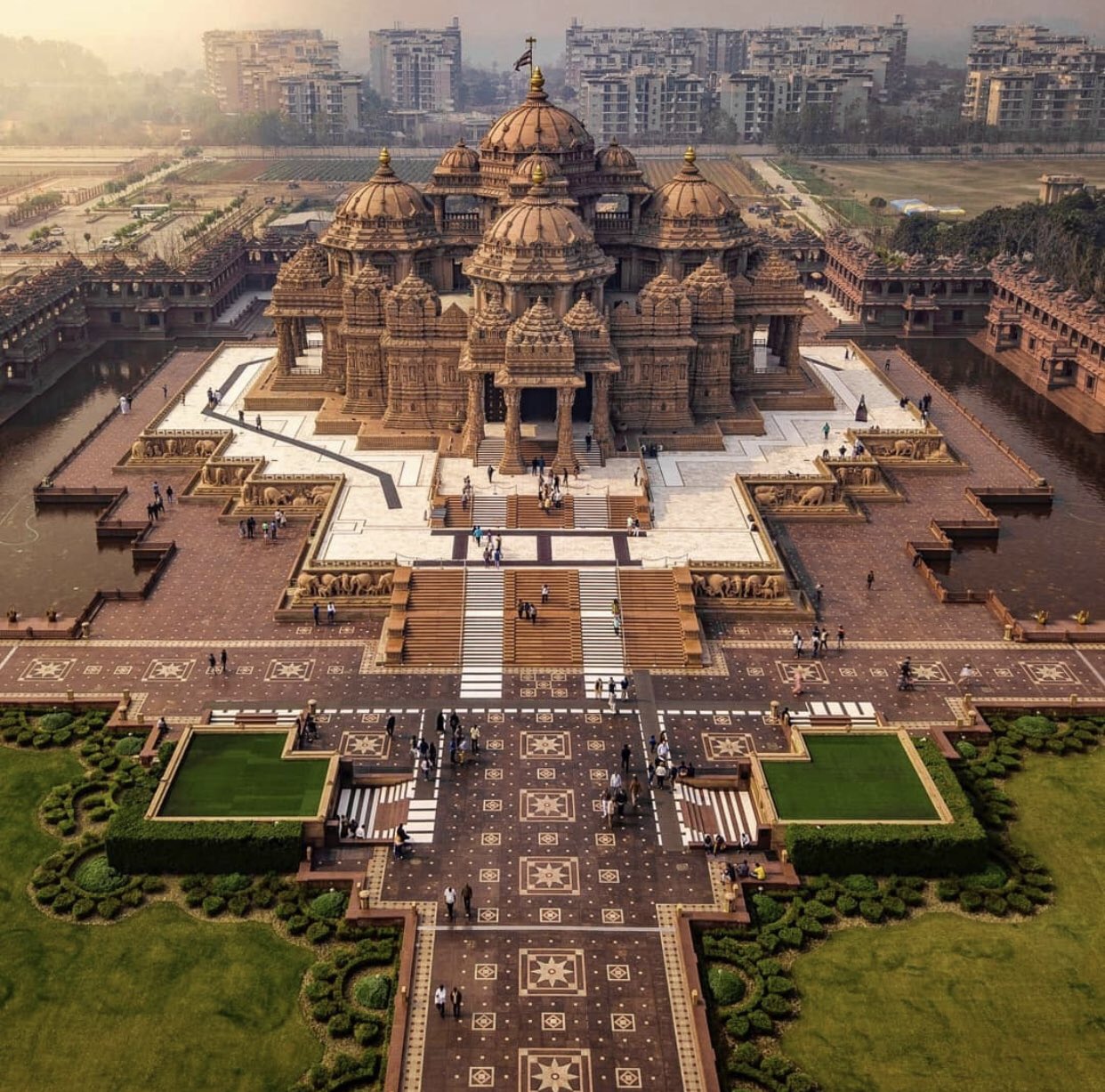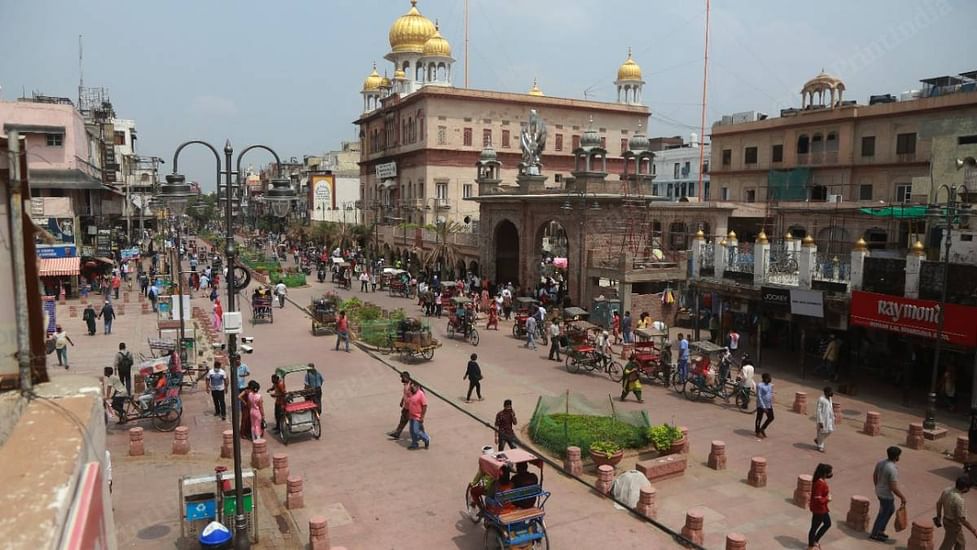The Red Fort: This UNESCO World Heritage Site is a red sandstone fort built in the 17th century by the Mughal emperor Shah Jahan. It is a symbol of the Mughal era and is a must-see for history buffs.
Qutub Minar: This UNESCO World Heritage Site is a 73-meter-tall tower built in the 12th century. It is the tallest brick minaret in the world and offers a great view of the city from the top.
India Gate: This war memorial is a 42-meter-high stone archway built in the early 20th century. It is dedicated to the Indian soldiers who died during World War I.
Jama Masjid: This is one of the largest and most important mosques in India. It was built in the 17th century by the Mughal emperor Shah Jahan.
Lotus Temple: This Bahai House of Worship is shaped like a lotus flower and is made of white marble. It is a beautiful architectural marvel and a must-see for anyone interested in modern architecture.
Raj Ghat: This is a memorial to Mahatma Gandhi, the father of the nation. It is a simple and peaceful spot where visitors can pay their respects to the leader.
National Museum: This is the largest museum of Indian art and culture. It has a vast collection of Indian artifacts, including sculptures, paintings, and textiles.
- Humayun's Tomb: This is another UNESCO World Heritage Site and the first garden-tomb on the Indian subcontinent. It was built in the 16th century by the Mughal emperor Humayun's wife.
Swaminarayan Akshardham: This is a Hindu temple built in 2005. It is a beautiful architectural marvel and a must-see for anyone interested in Hindu culture and architecture.
- Chandni Chowk: This is one of the oldest and busiest markets in Old Delhi. It is a great place to experience the local culture and shop for traditional Indian items such as spices, textiles, and jewelry. Visitors can also try traditional street food at one of the many street-side vendors. The market is also known for its historical significance, as it was once the main shopping area for the Mughal royal family and the elite of the city.
Tourist Places in Delhi | दिल्ली के पर्यटन स्थल
Avdhesh Kumar Remixer
मंगलवार, जनवरी 17, 2023
Tourist Places in Delhi, the capital of India, is a city rich in history and culture. There are many tourist places to visit in Delhi, including historical monuments, temples, and museums. Here are some of the top tourist places to visit in Delhi:
संपर्क फ़ॉर्म
Tags
Categories
यह ब्लॉग खोजें
Copyright (c) 2023 IndianTourism All Right Reseved











0 टिप्पणियाँ